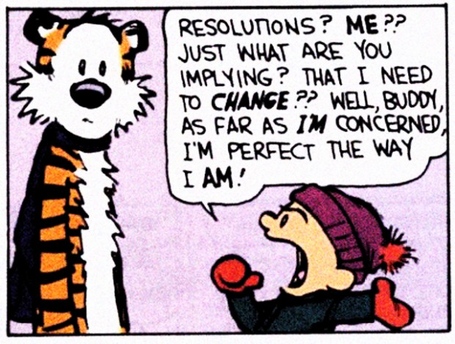Are you trying to get your organization to adopt new ideas? Take a tip from Lady Rose, at Downton Abbey.
Lady Rose is a bright young thing, and all the bright young things in 1924 want the newest invention: the radio. But Lord Grantham, the master of the house, will have none of it. Until he hears that His Royal Majesty George V will address the nation…on the radio.
Notice the rapt attention on all the faces in the photo above. But none of them is more attentive than that old stick-in-the-mud Lord Grantham. At the end of the king’s speech, he offhandedly orders the radio to be placed in the parlor. Permanently. And he thinks it is his own idea.
What can we learn from this episode?
Lady Rose could not get her uncle to accept the radio as long as he thought it was only good for jazz music and other horrid novelties. That’s what she liked about it–but it would do no good to use jazz as a selling point with Lord Grantham. Jazz would only make him detest the radio all the more.
Instead, Lady Rose had to sell him on the idea that the radio would give him something HE wanted.
Lord Grantham supports the monarchy. When he hears his sovereign’s voice on the radio, he and everyone else in the room stand up, just as if the king had entered the room in person. The radio is not an instrument of the devil any more. It becomes the way to make the king–the most important symbol of British tradition–present in their own home.
So…
Is your Board chair resisting your great new idea?
Do your donors remain inexplicably cool to your programs?
Are you trying to sell products you think are exciting only to find your customers don’t agree?
Take a note from Lady Rose. Forget about what you want. Find out what your Board chair, or your donors, or your customers, want. Show them a way to get it that involves doing what you would like to do.
You’ll get that radio into the parlor in no time.


